Aviation is witnessing fast growth in global markets. Whether it is civil or military aviation, modern aircraft are equipped with electronics systems.
Accurate feedback systems and ease of control of aircraft systems are enabled by electronic sensors. Sensors help in measuring various parameters like monitoring, control and navigation. Thus, avionics or electronic systems play an important role in modern aviation.
Avionic systems include systems for communication, navigation and display, searchlights and complex tactical systems for airborne early warning signals. For example, Lockheed SR-71 Blackbird—world’s fastest and highest-flying operational manned, air-breathing jet aircraft, which was used by the US Air Force—is equipped with electronic systems including signal intelligence sensors, side-looking airborne radars and camera sensors. If it detects a missile launched by the enemy, it simply accelerates and outflies the missile.
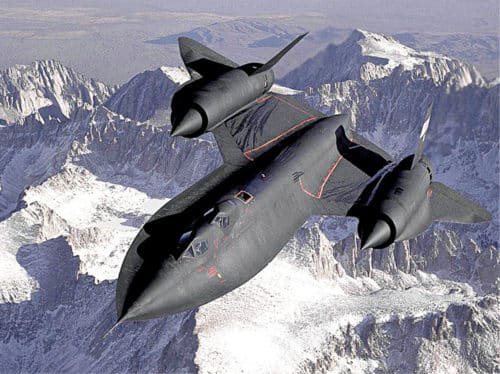
All sensors installed in aircraft are for flight instruments. These include tachometers, engine temperature gauges, fuel- and oil-quantity gauges, pressure gauges, altimeters, airspeed-measurement meters, vertical speed indicators and others. Then, there are sensors for ground testing, flight testing, vibration, environment, angle of attack and static. There are also doppler radars, lightning-detection radars, terrain radars, anti-collision warning systems and stall warning systems. Many of these instruments and control sensors supply additional signals to cockpit indicators, informing the pilots to take proper action and precaution, and prevent any kind of disaster or accident.
Aircraft computer systems receive data from various sensors, including air temperature probes, angle-of-attack probes and pitot-static pressure systems. These computers process inputs from these sensors, apply compensating factors and transmit information to the displays in the cockpit. The pilots continuously monitor the status of the engine and environment from the cockpits.
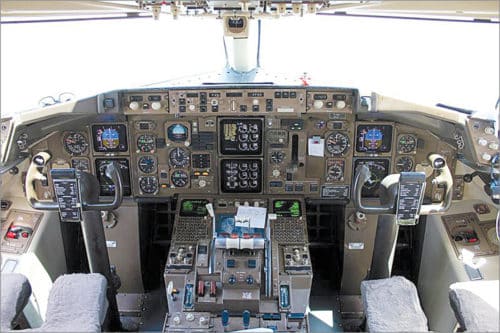
There are thousands of sensors for different commercial aircraft. It is too broad a category, not to mention the hundreds of models and makes of planes covering different generations of aircraft. We have narrowed these down to make a comprehensive list. This article delves into some common sensors used in aircraft for various purposes.
Types of sensors
Flow sensors
These are used to monitor the quantities of lubrication oil and liquid coolant fluid in fuel transfer and bleed air systems. Firms like Esterline Corp. and Crane Aerospace & Electronics manufacture liquid sensors and fuel flow sensors. Sensata Technologies Inc. manufactures airflow sensors.
Pressure sensors
Pressure sensors monitor the pressure in hydraulic systems, braking, raising and lowering landing gear, engine oil, oxygen tanks, heating and coolant fluids. Firms like Esterline Corp. and Custom Control Sensors make pressure sensors for aviation.
Temperature sensors
Temperature sensors monitor the conditions of hydraulic oils, fuels, refrigerants and environmental cooling systems. These sensors include bi-metallic temperature gauges, thermometers, Wheatstone bridge indicators, ratiometers and thermocouples.
Omega Engineering Inc. makes high-precision temperature sensors for reliable, easy-to-assemble, extended-life and pre-flight applications. Hydra-Electric makes pressure and temperature sensors based on latest technology.
Altimeters
These measure changes in static air pressure to determine the altitude of the aircraft. For example, MS5803-02BA, based on MEMS technology, is a high-resolution altimeter sensor from TE Connectivity. It includes a high linearity pressure sensor and an ultra low power 24-bit ADC with internal factory-calibrated coefficients.
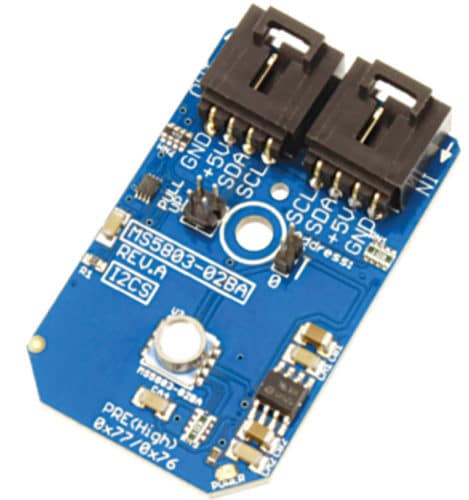
Airspeed indicators
These calculate true air speed based on pitot tube, static pressure and temperature data.
Position sensors
Position sensors such as linear variable differential transformers (LVDTs) and rotary variable differential transformers (RVDTs) sense the displacement of aircraft components. Companies that make such sensors include Magnetic Sensors Corp., BEI Sensors and Active Sensors.
Oxygen sensors
Oxygen sensors are at the very heart of the control of inerting systems in Airbus and other civilian aircraft. Different types of oxygen sensors are available from SST Sensing Ltd.
Force and vibration sensors
Such sensors are used on aircraft to measure torque and force in braking and actuation systems as well as in flight controls.
Compasses and magnetometers
These are extremely useful for indicating where the aircraft is headed by measuring Earth’s magnetic fields.
Gyroscopes
Gyroscopes are used for direction indication as well as controlling the turning and attitude of aircraft. MEMS gyroscopes are used in modern aircrafts. Watson Industries makes different gyroscopes for the aviation industry.
Attitude heading and reference systems
Attitude heading and reference systems (AHRSes) have replaced most gyroscopes in modern aircraft. Data from MEMS devices, GPSes, magnetometers and accelerometers, and attitude information are received by AHRSes. Watson Industries also make AHRSes for aviation. A typical AHRS module is shown in Fig. 5.
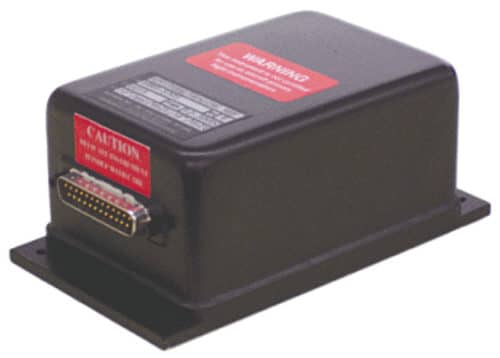

Tachometers
Tachometers indicate engine rpm. Tachometer probes are used in turbine engines. These sense the changes in magnetic field flux density, as rotating gear wheels move at the same speed as compressor shafts travelling through the probes’ magnetic field. Resulting voltage signals are directly proportional to engine speed.
Other aircraft instruments include aneroid barometers, direction indicators, artificial horizons, attitude indicators, laser sensors, sound sensors, IR and RF sensors, among others.
The sensors are either mounted or placed inside the engine to measure various internal and external environmental conditions. These are designed and manufactured with high-reliability and specification standards set by the aviation industry.
Sensor sub-systems
The above-mentioned sensors can be found in the following sub-systems.
Communication
Communications connect the flight deck to the ground, and also the passengers onboard. Very high frequency (VHF) radio band is used for line-of-sight communication such as aircraft-to-aircraft and aircraft-to-air traffic control.
High frequency (HF) radio is used for trans-oceanic flights or satellite communication. Various electronic sensors for communication and navigation systems are available with Bharat Electronics Ltd.
Navigation
Navigation is the determination of position and direction on or above the surface of Earth. Avionics may use satellite-based, ground-based or other systems. Navigation systems calculate the position automatically and display it to the flight crew on moving map displays.
Monitoring
Glass cockpits or computer monitors are used in modern aircraft, instead of gauges and other analogue displays. Cockpit equipment include control, monitoring, communication, navigation, weather and anti-collision systems. Honeywell makes advanced monitoring and display systems for aircraft, helicopters and space vehicles. Ametek makes cockpit indicators and display systems.
Auto control systems
Modern aircraft have autopilot mode to automatically control flight. Most commercial planes are also equipped with aircraft flight control systems to reduce pilot errors and workload at landing or takeoff. In helicopters, auto-stabilisation is used in a similar fashion. The advent of electromechanical systems has increased safety.
Automatic traffic control
Automatic traffic control ensures sufficient space between two or more aircraft, either horizontally or vertically, to prevent collisions. Controllers may coordinate position reports provided by pilots. Radars are also used to check positions of aircraft. Central and control towers, oceanic controllers and terminal controllers enable automatic traffic control.
Collision avoidance systems
To supplement air traffic control, most aircraft use traffic alert and collision avoidance systems (TCAS) to detect nearby aircraft and prevent mid-air collisions. On terrain, ground-proximity warning systems or radar altimeters are usually employed. Some leading manufacturers of such systems are Rockwell Collins, Honeywell and Thales Group.
A less accurate but inexpensive device is the portable collision avoidance system (PCAS). Pilots all over the world use it. It is a passive device similar in function to a traffic alert and collision avoidance system.
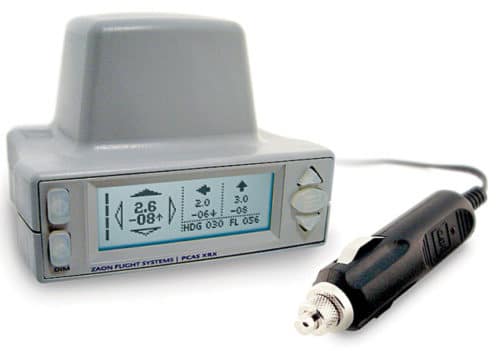
Flight recorders
Commercial aircraft cockpit data recorders, commonly known as black boxes, store flight information and audio from the cockpit. These are often recovered from an aircraft after a crash to determine control settings and other parameters during the incident. Komoline is an Indian firm that manufactures black box recorders.
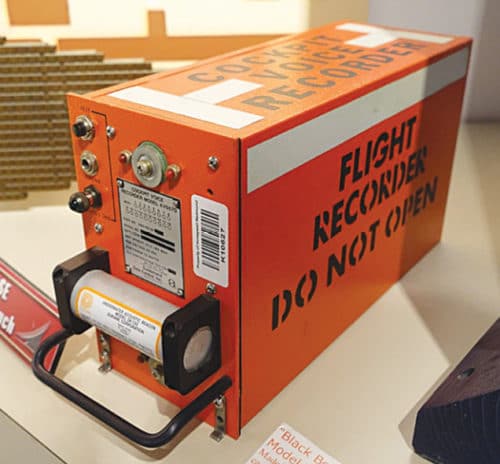
Weather systems
Weather systems such as weather radar and lightning detectors or meteorological instruments are used by pilots to view the weather ahead. Incidences like heavy precipitation or severe turbulence due lightning activity sensed by radars allow pilots to deviate flight paths.
Aircraft management systems
These provide centralised control of the multiple complex systems fitted in aircraft, including engine monitoring and management systems. Health and usage monitoring systems (HUMS) are integrated with aircraft management computers to give maintainers early warnings of parts that need replacement.
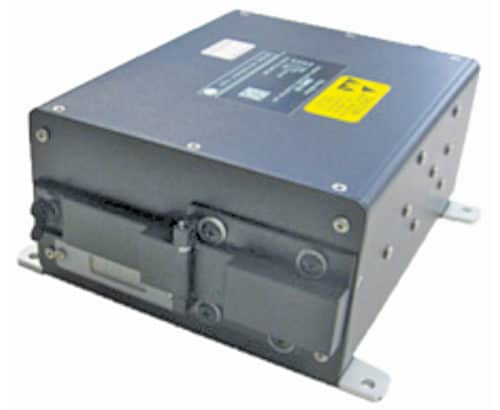
Military mission control systems
Military aircraft are designed to deliver weapons or monitor other weapon systems. The vast array of sensors available to the military is used for any and all tactical means. Bigger sensor platforms have mission-management computers. Many electronic sensor components for civil and military applications are available from Bharat Electronics Ltd.
To sum up
Aircraft safety requires feedback on a wide range of flight conditions as well as the states of various flight equipment and systems. Sensors in aircraft play an important role in monitoring the risks associated with aviation activities, operation of aircraft, controlling aircraft to acceptable levels, air traffic control to communicate with aircraft to help maintain separation between two or more aircraft to prevent collision and so on. Hundreds of types of sensors are installed in aircraft to monitor different conditions. These feed information to flight computers and displays for the pilots to handle aircraft effectively.







Very good magazine
Thank You for your valuable feedback.